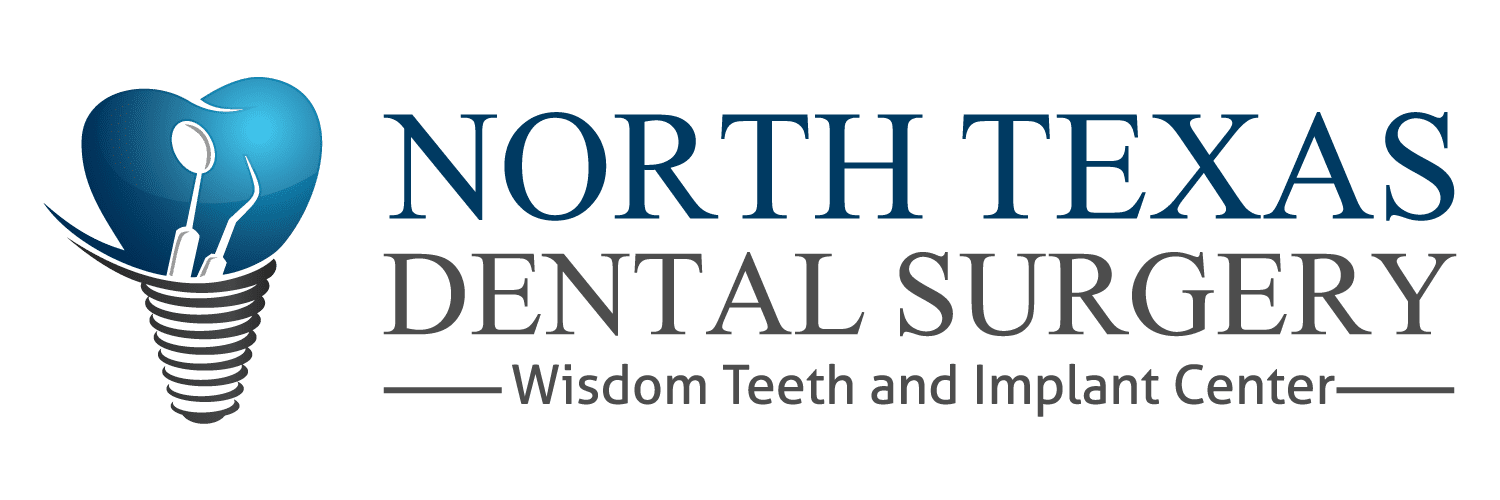Sinus Lift
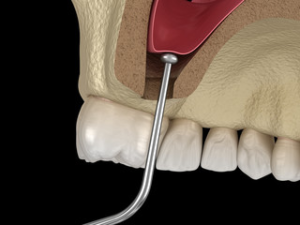
Patients receiving dental implants may require sinus augmentation surgery. Sometimes called a sinus lift, sinus augmentation involves adding bone to the upper jaw, near molars and premolars, between your jaw and maxillary sinuses on either side of your nose. The periodontist will make room for this additional bone by “lifting” the sinus membrane.
Before
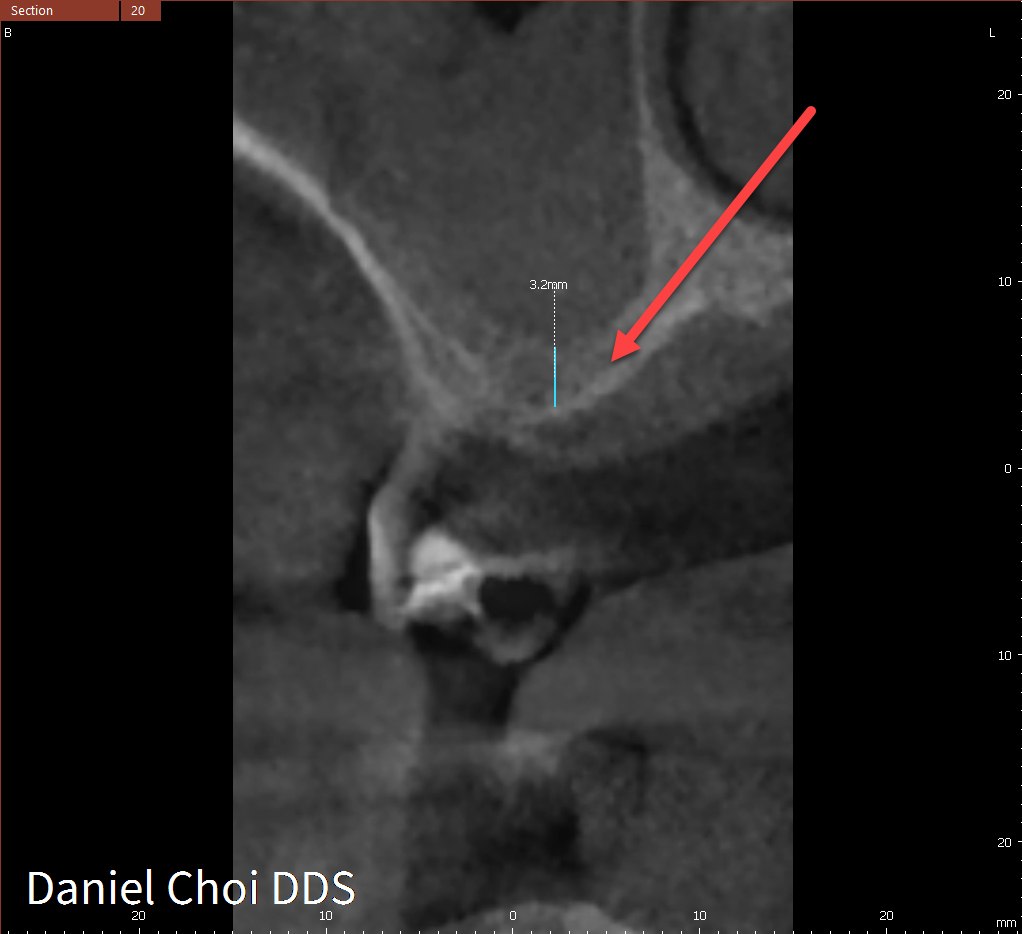
After
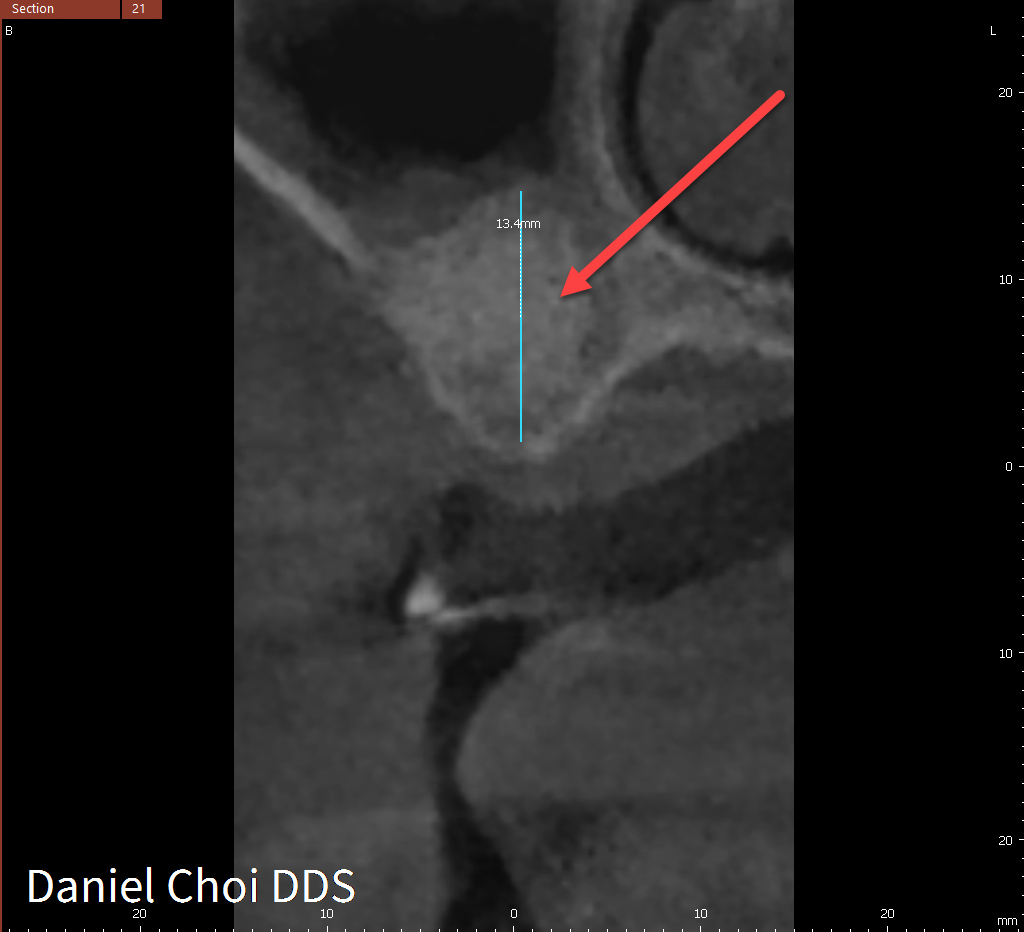
Why Do I Need Sinus Lift?
Certain conditions make placing dental implants difficult or impossible, including inadequate bone height in the upper jaw and sinuses located too close to the jaw. The loss of a tooth, for example, leads to bone loss in the jaw. In particular, patients who lose upper teeth typically do not have enough bone mass for dental implants. Time exacerbates this problem, as bone loss increases over time. Even before losing teeth, the upper jaw naturally has less bone than the lower jaw. Patients may also experience bone loss as a side effect of periodontal disease.
What to Expect Before the Procedure
During your consultation x-rays are taken and a CT scan, which provides a more accurate measurement of your existing bone, including height and width. The CT scan also helps evaluate sinus health. The bone used in the procedure comes from one of two possible donors. Allogeneic bone comes from a donor bank, and xenograft augmentation comes from cow bone.
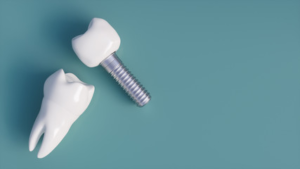
Sinus Lift Surgery
The specialist will make an incision in the gum tissue where he plans to place the dental implant. He pulls back the tissue to expose the underlying jawbone and then cuts a hinged section of bone. The hinge is important, as it allows the doctor to move the bone upward gently, into the sinus cavity. This moves the sinus membrane at the same time, lifting it to an appropriate height for the future implant. Next, the donor bone material will be packed into the empty space, creating an anchor for the dental implant. With the donor material in place, the original incision is closed. At this time, it is unlikely the implant will be placed. Typically, a healing period is allowed for the bone graft, anywhere between four and six months.
Sinus Lift Recovery
Recovery takes two to three days, so plan on taking time off work during this period. Immediately following surgery, you will likely experience swelling, minor bleeding, and discomfort. Antibiotics and mouthwash are prescribed to prevent infection. Follow the postoperative instructions exactly to ensure proper healing. Over-the-counter pain relief and ice packs help reduce pain, swelling, and bruising. During the first week, you may not brush or floss the procedure area; continue regular oral hygiene elsewhere. Follow a soft diet the first three to five days following your procedure, and chew using the opposite side of your mouth. Avoid hard, crunchy foods as well as hot food, for the first few days. To protect the graft material and ensure it sets properly, avoid blowing your nose and sneezing for two to three weeks. These activities may cause shifting in the graft material or loosening of the stitches.
If you are considering dental implants but are not sure whether you require sinus augmentation, schedule a consultation with North Texas Dental Surgery to learn more about treatments and procedures. We offer the best dental implant experience. Journey to a new smile with us today!
